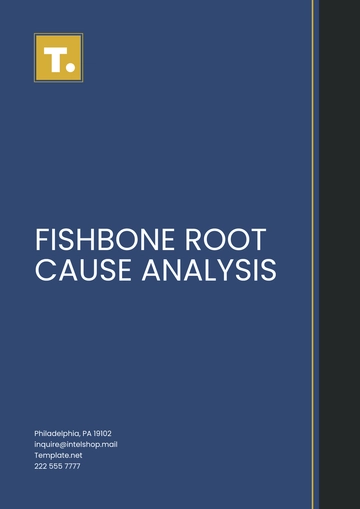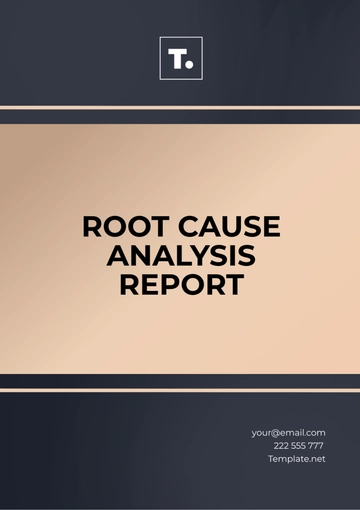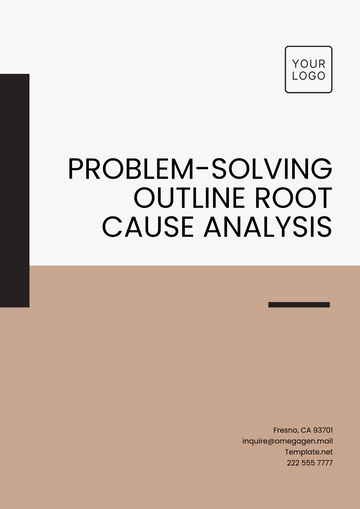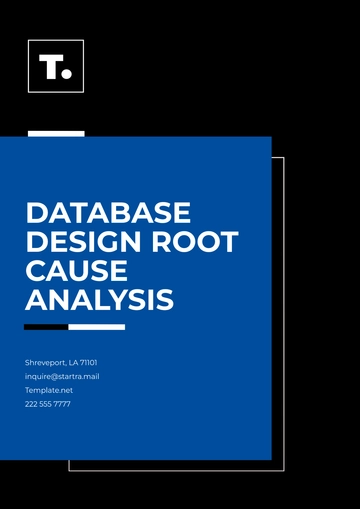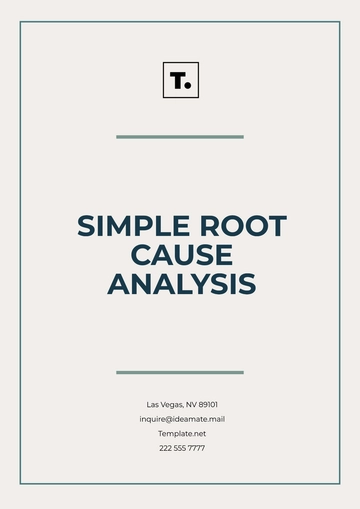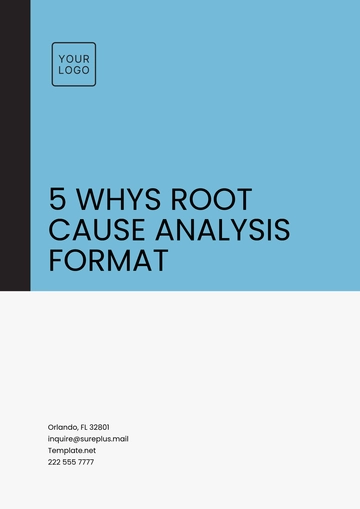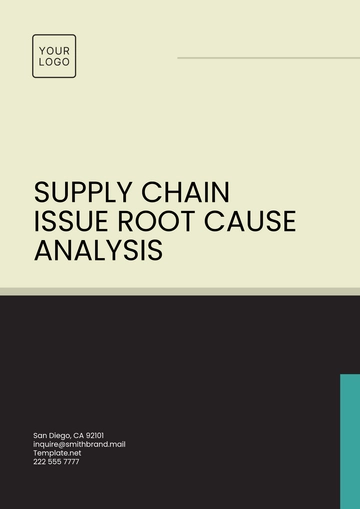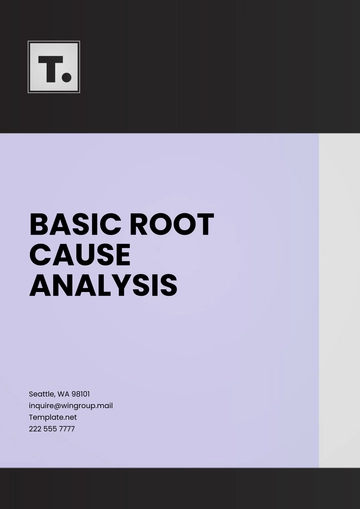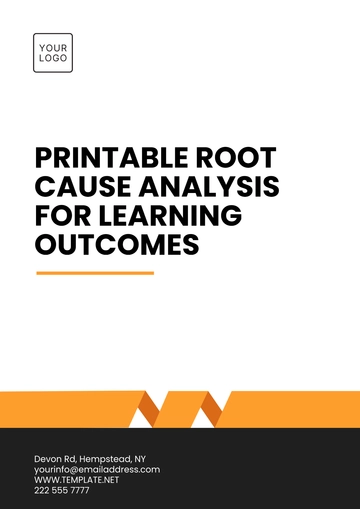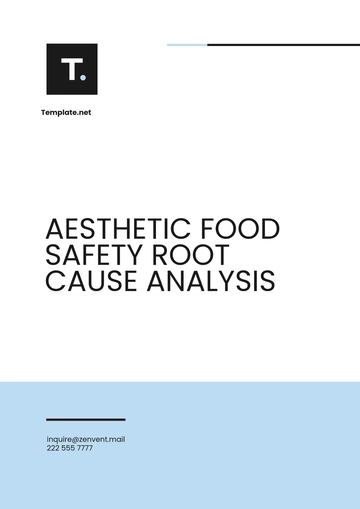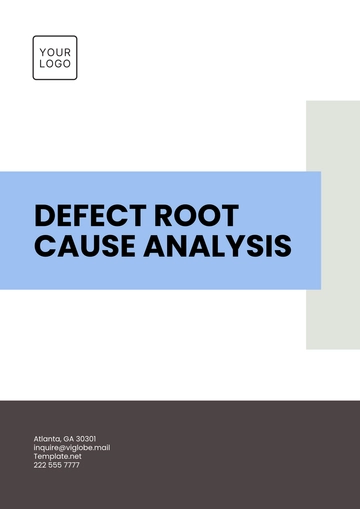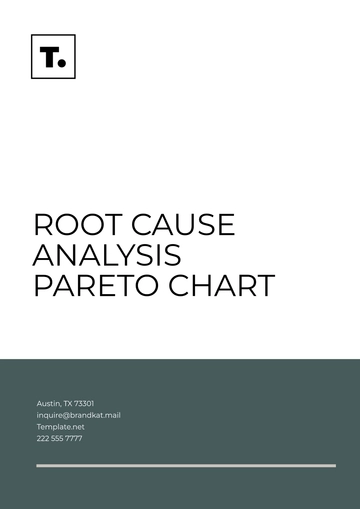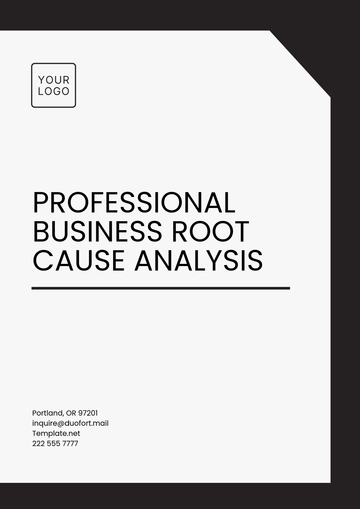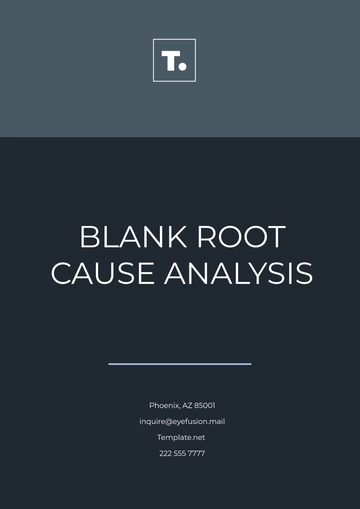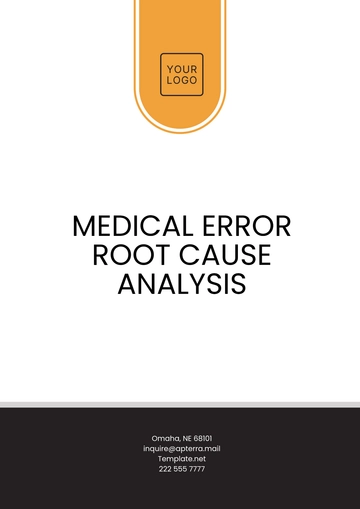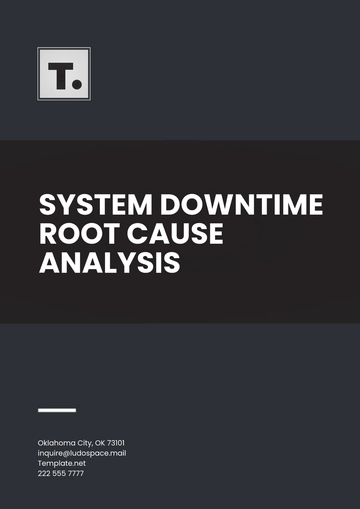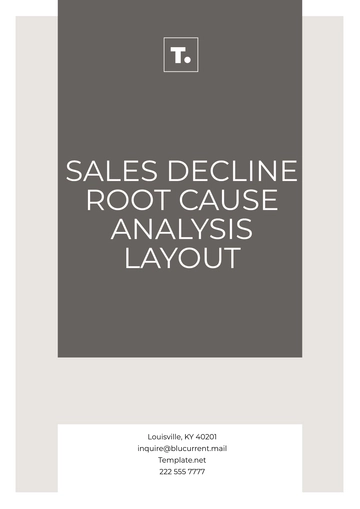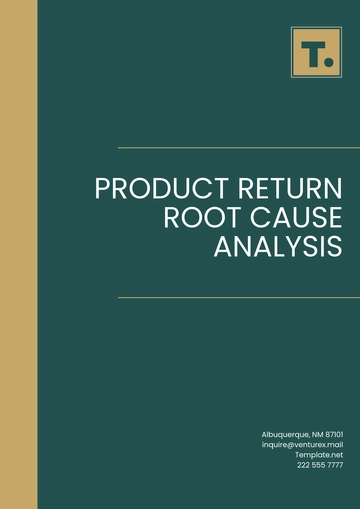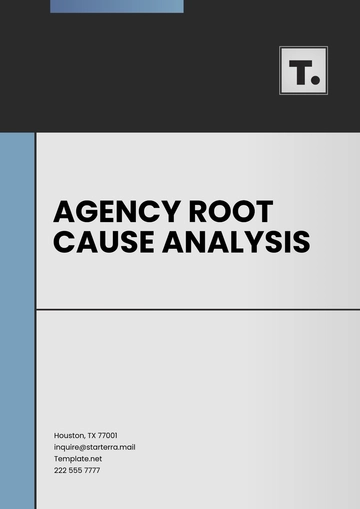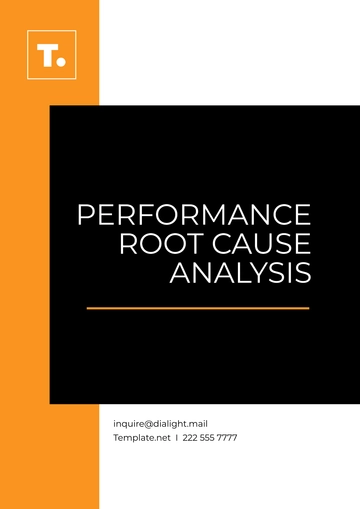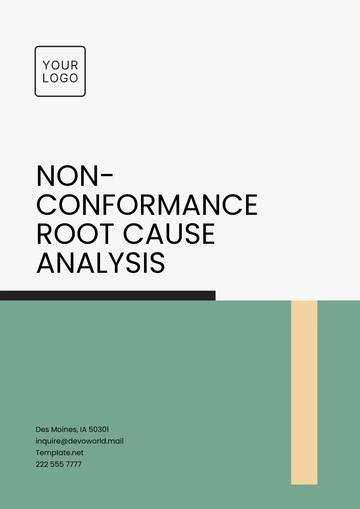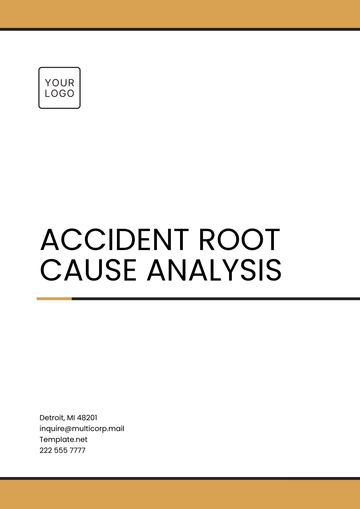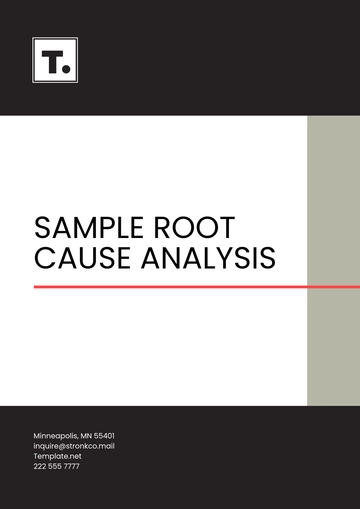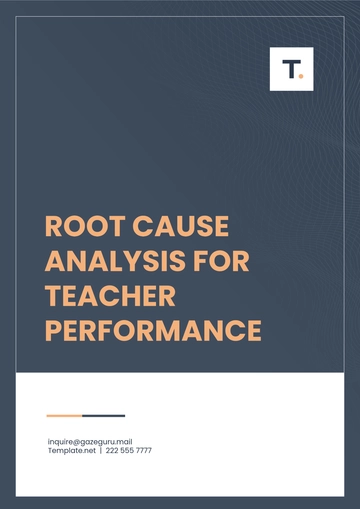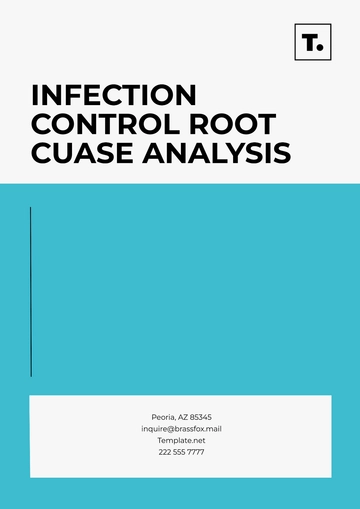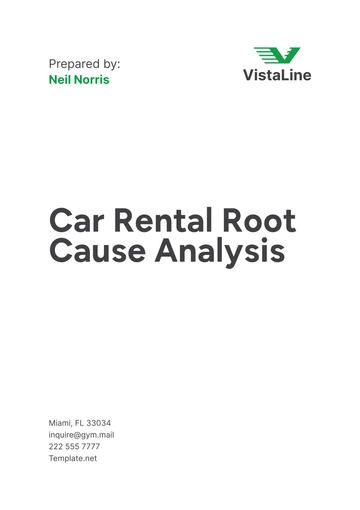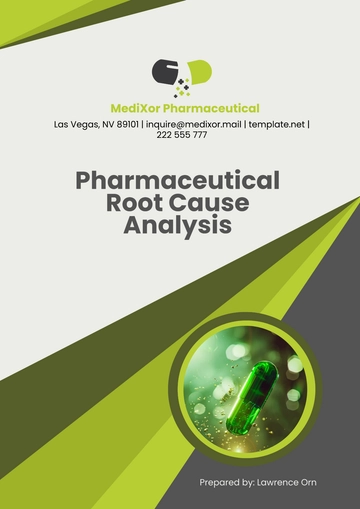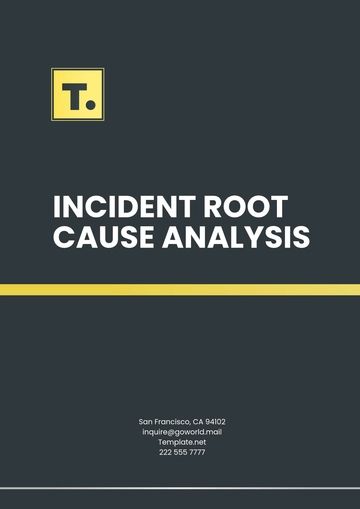Free Medical Error Root Cause Analysis
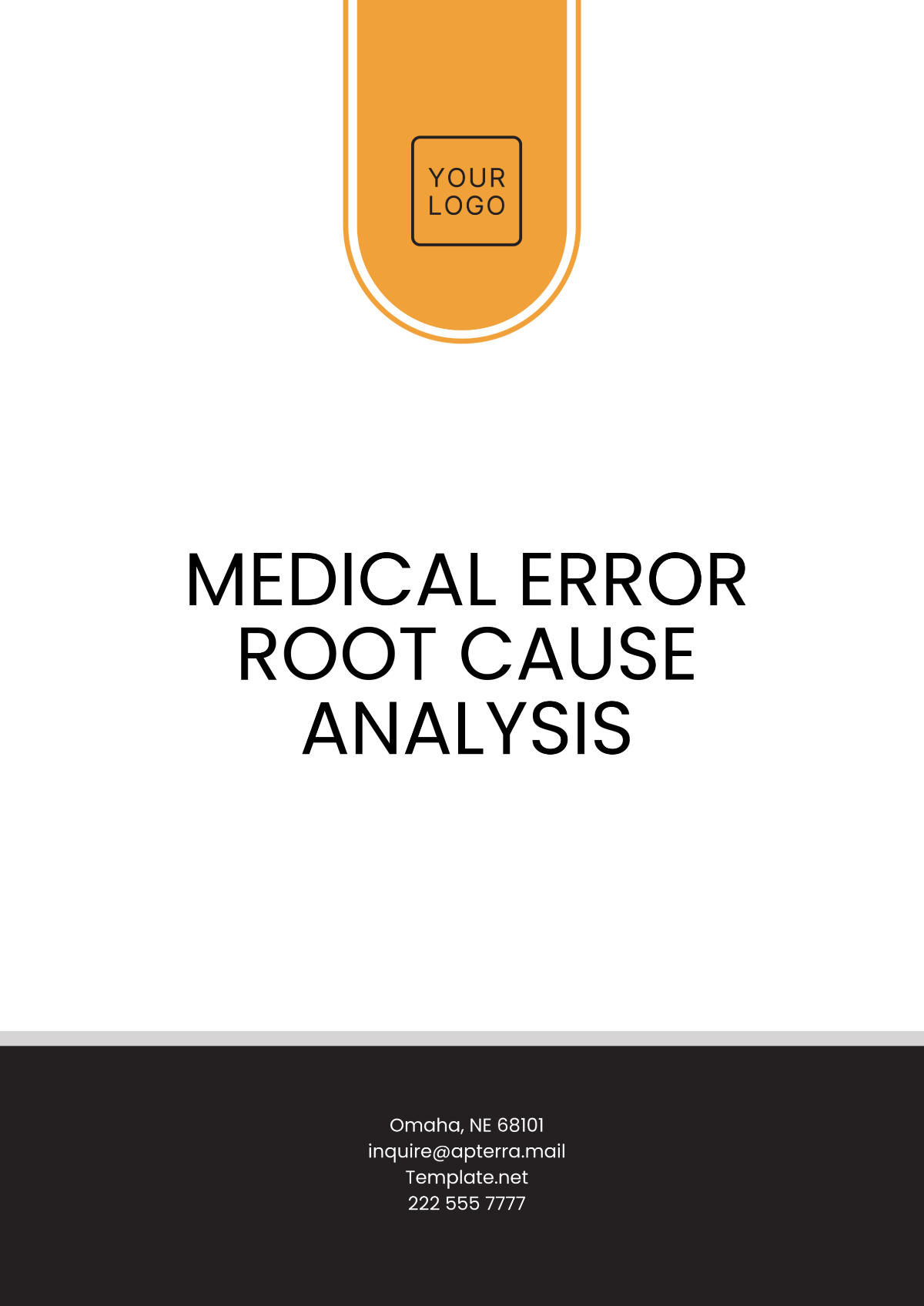
Prepared By: [YOUR NAME]
Date: April 20, 2060
I. Incident Description
On April 14, 2061, at approximately 10:30 AM, a significant medication error occurred in the South Wing of Starlight Medical Center. The error involved the incorrect administration of medication to Patient X, a 45-year-old woman under treatment for hypertension. The prescribed medication, Lisinopril, was mistakenly substituted with one having a similar name, resulting in an adverse reaction. Nurse Y, responsible for administering the medication, discovered the error during routine monitoring procedures.
II. Data Collection
An extensive data collection process was conducted to gather insights into the various elements that played a role in this medical error. The findings are categorized into several key areas:
A. Processes
An Electronic Health Records (EHR) system is used for medication orders.
Double-check the procedure mandated for high-risk medications.
B. Equipment
An automated medication dispensing machine was installed in the South Wing.
Barcode scanners are employed for patient and medication verification.
C. Environment
High patient influx on the day in question, leading to increased workload.
Notably understaffed shift at the time of the incident.
D. Personnel
Nurse Y with three years of experience, recently transitioned to the South Wing.
Pharmacist Z is responsible for overseeing medication preparation and distribution.
III. Root Cause Identification
The root cause analysis was conducted to identify the underlying issues, categorized into three main areas:
A. Human Factors
The evidence presented indicated that the fatigue and stress resulting from Nurse Y's prolonged working hours significantly diminished her ability to carefully and comprehensively examine medication labels.
B. Process Failures
The failure to adhere to the double-check procedure for medication administration contributed to the error. It was noted that the barcode scanning system was not functioning optimally, allowing the nurse to skip verification steps.
C. Systemic Causes
Systemic issues, such as the understaffing of shifts and reliance on manual verification processes, were identified as contributing factors to the incident. Integration issues within the EHR system and dispensing machine led to discrepancies between ordered and administered medications.
IV. Contributing Factors
A review of contributing factors revealed other relevant issues:
The EHR system's interface presented user-friendly but similar-looking medication names, leading to potential selection errors.
The training provided to new staff members on the use of updated technology and procedures is inadequate.
There is an absence of additional personnel available to provide immediate support during times when there is an unexpectedly high volume of work.
V. Event Timeline
Time | Event |
|---|---|
9:45 AM | Nurse Y begins their shift and receives a handover with no mention of a Lisinopril prescription. |
10:10 AM | Medication for Patient X is dispensed from the automated machine. |
10:25 AM | Nurse Y retrieves medication, bypassing the non-functional barcode scanner. |
10:30 AM | Incorrect medication was administered to Patient X. Nurse Y proceeded to routine monitoring. |
11:00 AM | Adverse reaction observed in Patient X; error identification begins. |
VI. Preventive Actions
Based on the findings, the following preventive actions are recommended:
Implementation of a robust training program for all staff, focusing on new systems and high-risk procedures.
Regular and detailed maintenance and inspections of the bar code scanning system are crucial to ensure it operates correctly and as designed.
Implemented comprehensive staffing protocols during periods of high patient influx to minimize errors related to fatigue.
The upgrades being made to the electronic health record (EHR) system are intended to incorporate alert features that identify and handle situations involving medications with similar names.
VII. Action Plan and Accountability
To implement these preventive measures, a detailed action plan will be developed:
The Information Technology Department is responsible for conducting system updates and performing scanner maintenance within a timeframe of three months.
HR and Nursing Administration: Design and execute the training program by the end of the current quarter.
Operations Team: Develop a contingency staffing strategy immediately to ensure adequate shift coverage.
VIII. Sign-off and Review
The following stakeholders have reviewed and approved the root cause analysis and associated action plan:
Chief Medical Officer: Dr. A. Smith
Nursing Director: Ms. B. Johnson
Quality Assurance Manager: Mr. C. Kim
A summary of findings and implementation of preventive actions will be periodically reviewed, with a comprehensive review scheduled six months post-implementation to assess effectiveness and make necessary adjustments.
- 100% Customizable, free editor
- Access 1 Million+ Templates, photo’s & graphics
- Download or share as a template
- Click and replace photos, graphics, text, backgrounds
- Resize, crop, AI write & more
- Access advanced editor
Ensure patient safety and quality care with the Medical Error Root Cause Analysis Template from Template.net. This customizable template is designed for healthcare professionals and simplifies error identification and corrective action planning. Fully editable in our Ai Editor Tool, it offers an intuitive format to document and address medical errors effectively.
